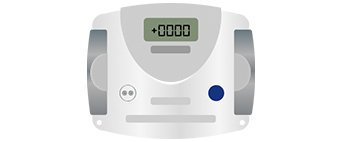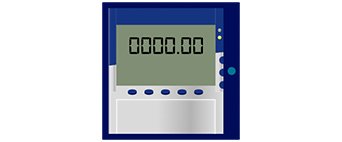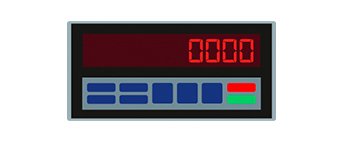Digital displayers
The digital displays are panel or switchboard indicators that display the data acquired by field measurement instruments.
The digital indicators present the value on a display, in the form of a number or via a graduated scale made up of LEDs that light up progressively, simulating the analog display.
These digital displays are in turn divided into two categories, differentiated by the type of signal they receive as input which can be pulse or current.
The pulse digital indicators receive the pulse signal and display the measurement in the engineering unit of interest. These indicators are mainly combined with litre-counters.
Digital current indicators, on the other hand, convert an analog 4÷20mA signal or 0÷10V voltage input into engineering units, which are then shown on the display. Typical applications of these digital indicators are the display of signals coming from transmitters which can be of temperature, humidity, pressure, speed, flow rate, level, force, etc. for the most varied industrial sectors, operating machines, automations.
There are various types of digital displays that Riels® Instruments can offer:
- Digital indicators
- Dosers & programmers
- Digital totalizers
- digital recorders
- Data Acquisitors
- Data loggers






